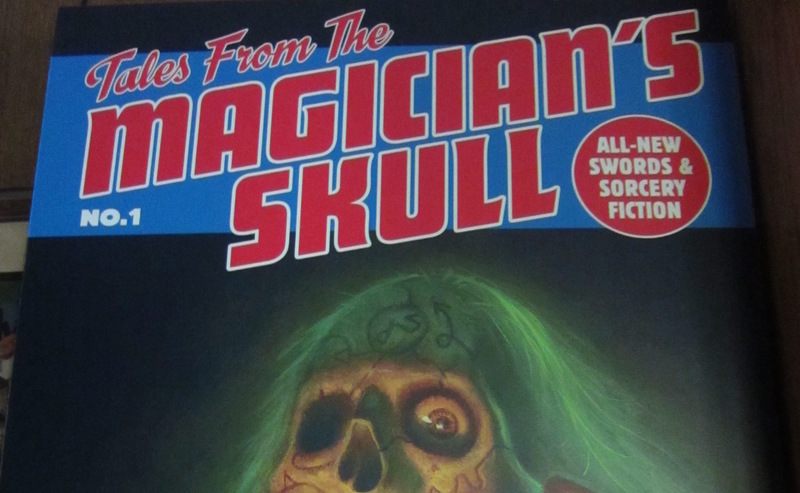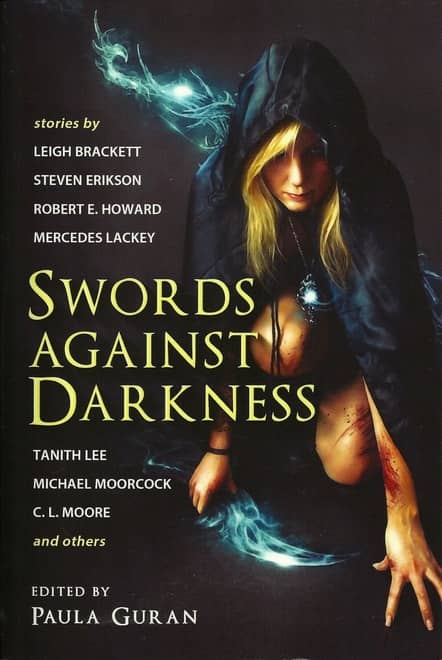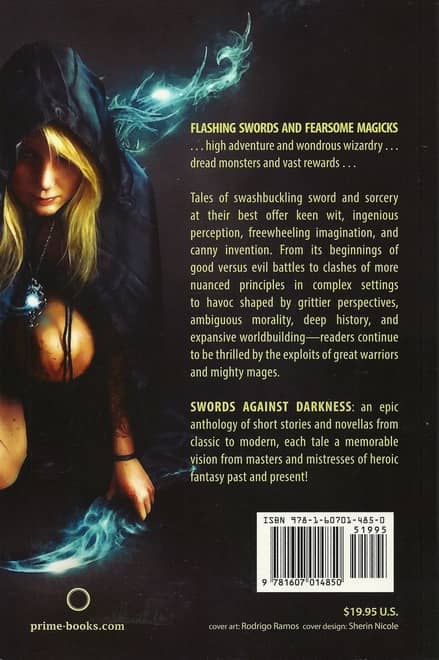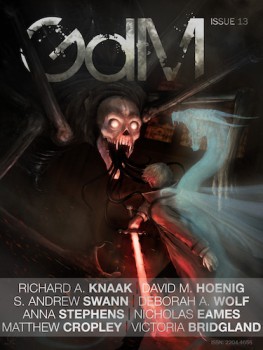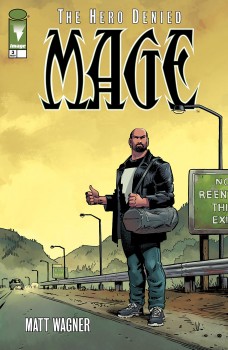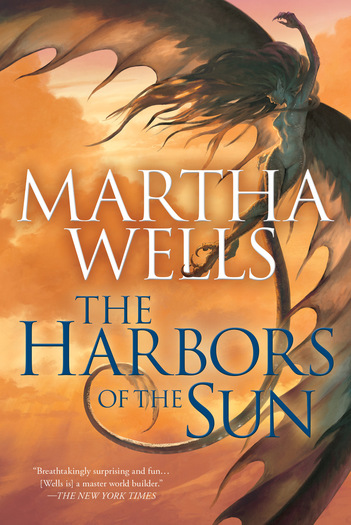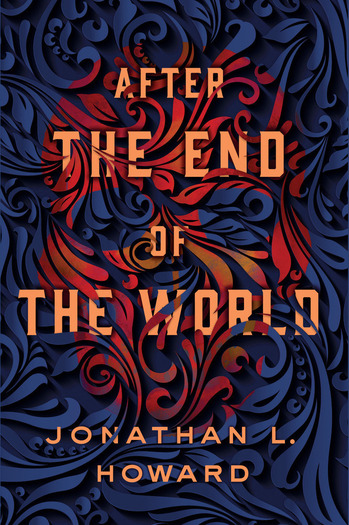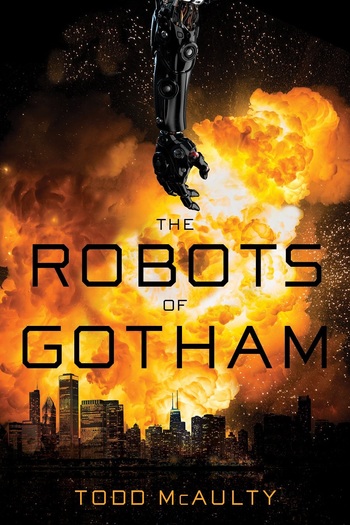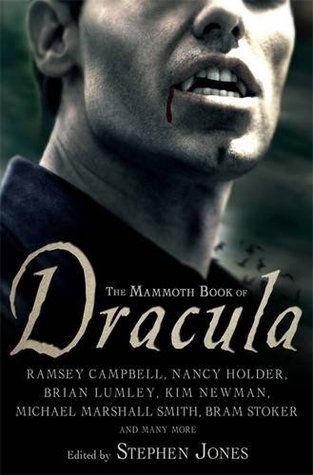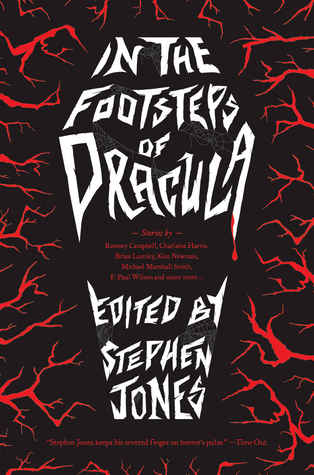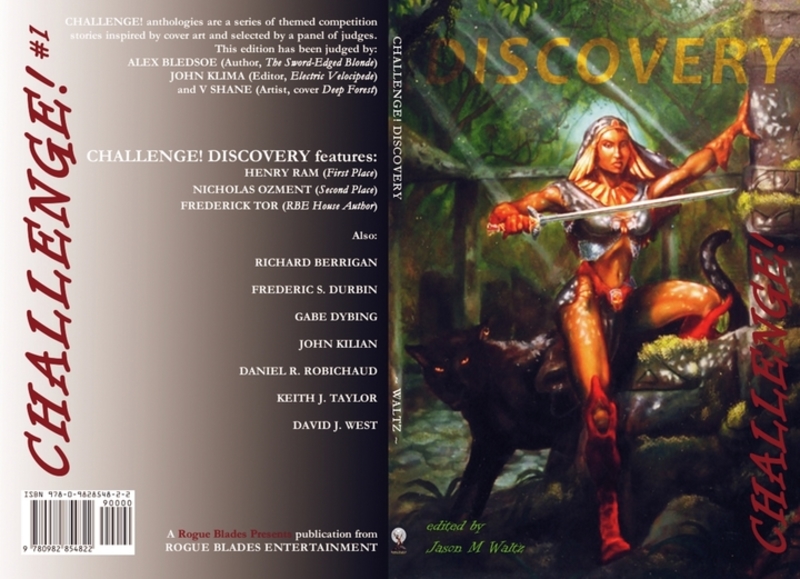Black Gate Online Fiction: In Creepy Hollow, It’s Halloween All Year Long! An Excerpt from The Power of the Sapphire Wand by Erika M Szabo and Joe Bonadonna
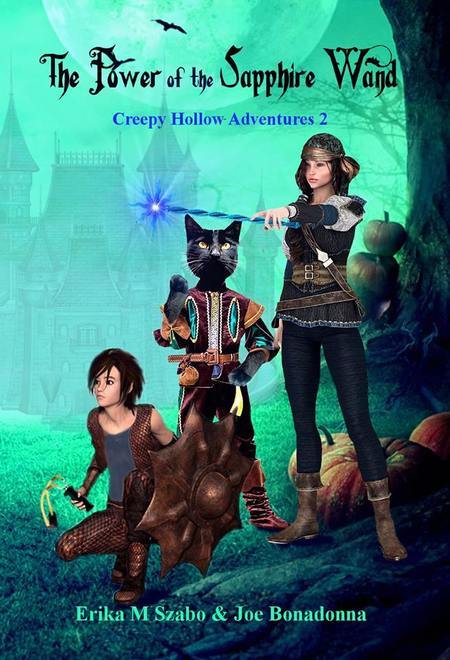 |
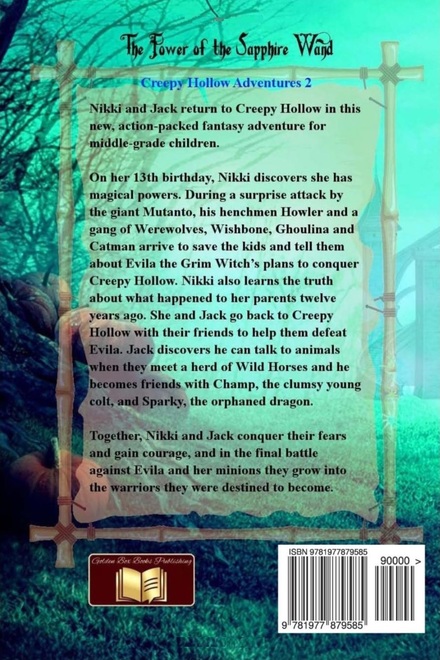 |
Black Gate is pleased to present an exclusive excerpt from The Power of the Sapphire Wand (Creepy Hollow Adventures #2), the sequel to Three Ghosts in a Black Pumpkin, by Erika M Szabo and Joe Bonadonna.
The complete catalog of Black Gate Online Fiction, including stories by Mark Rigney, John Fultz, Jon Sprunk, Tara Cardinal and Alex Bledsoe, E.E. Knight, Vaughn Heppner, Howard Andrew Jones, David Evan Harris, John C. Hocking, Michael Shea, Aaron Bradford Starr, Martha Wells, Nina Kiriki Hoffman, C.S.E. Cooney, and many others, is here.
The Power of the Sapphire Wand (Creepy Hollow Adventures #2) is a spooky Halloween story for children, ages 6 to 14. It is written by Erika M Szabo and Joe Bonadonna, and illustrated by Erika M Szabo. Published by Golden Box Books Publishing, New York on October 1, 2017. Available in paperback ($11.95), and Kindle and Nook editions ($2.99).

